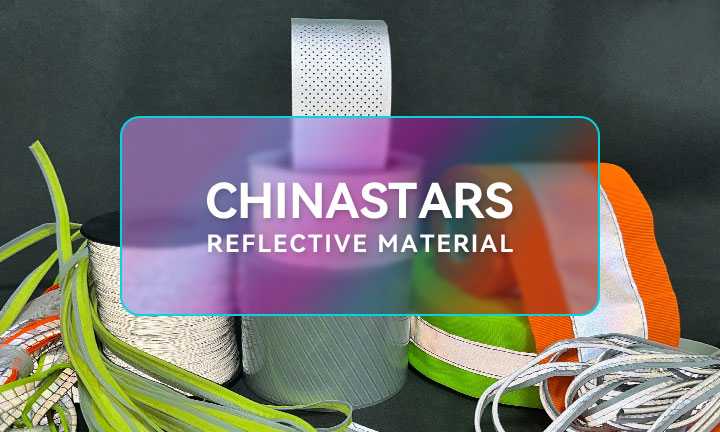How to use reflectors and what accessories are worth buying
The autumn and winter period is a difficult time not only for drivers. Rapidly falling dusk, long, dark evenings and rainy weather have an impact on the reduced safety of vulnerable road users. During this special time, pedestrians are obliged to ensure their visibility. Thanks to the reflections on the unlit road, the driver will see a pedestrian even from a distance of 200 meters.
The police remind that every pedestrian walking on the road outside built-up areas after dusk must have a reflective element placed in a way visible to drivers. People who do not comply with the rules put their lives at risk. A pedestrian wearing a dark suit is seen by the vehicle driver from a distance of about 40 meters. Reflective elements increase visibility up to 150 meters, and the vest even up to 200 meters. The Motor Transport Institute advises on how to buy and use reflective accessories correctly.
Principles of proper use of reflectors
1. When buying a reflector, pay attention to whether it has been marked with the CE mark, the name of the manufacturer and product type, and whether the instructions for use are attached. The lack of these elements means that the product should not be used on the road - it is a gadget that only resembles a reflection.
2. The lower the reflector is placed, the better the car's headlights will illuminate it and the driver can see the pedestrian earlier. The optimal height at which the user should wear the reflector is the height at which the car's headlights fall on it.
3. Make sure that the reflective accessories you carry are not covered, for example with a scarf, bag, or backpack.
4. When walking on the left side of the road (in the opposite direction to traffic), the best reflectors should be worn on the right arm or leg (facing traffic). When moving in a column, we should walk on the right side and wear a reflector on the left arm or leg (from the side of traffic).
5. In the case of items permanently attached to clothing (especially sewn-on reflective tapes), periodically check that the reflective surface has not worn away, eg as a result of repeated washing or rubbing. If you notice that the reflective tape on your clothing or backpack is worn, replace it.
6. If the reflector is leaky and water gets into it (this applies to reflectors made of plastic and prismatic foils), it should be replaced with a new one. The water inside the reflective surface causes a loss of reflective properties.
A fine for no glare
Pedestrians moving in undeveloped areas after dark may receive a ticket for lack of glare.




